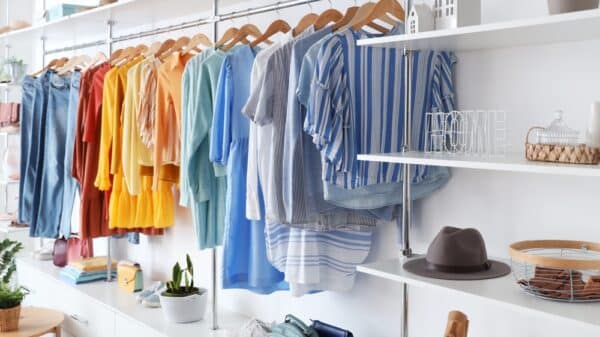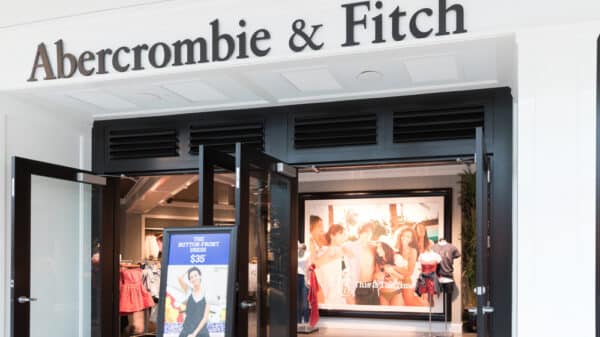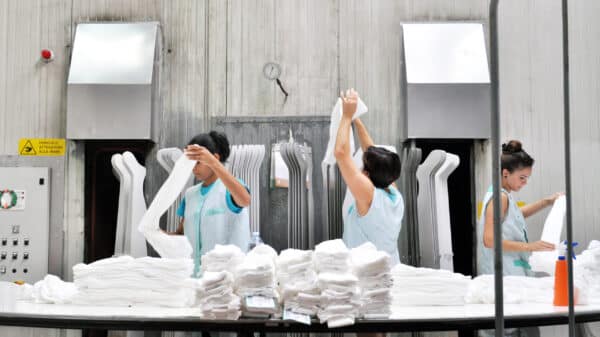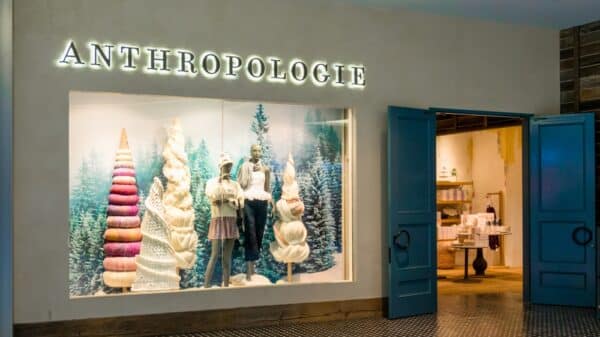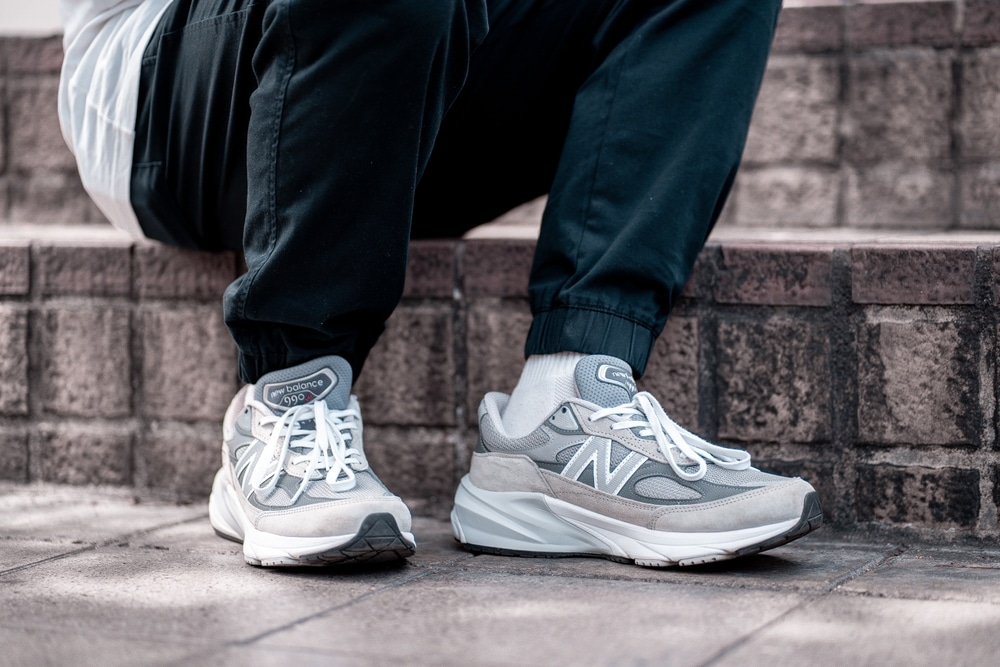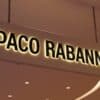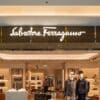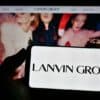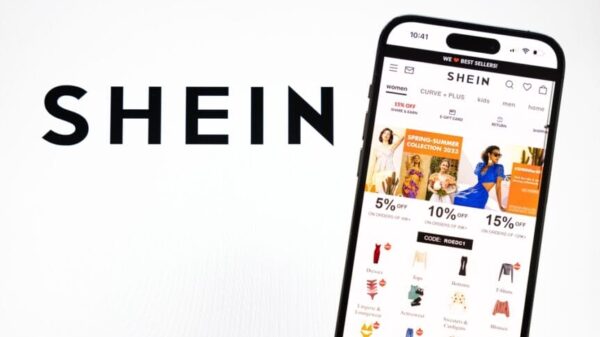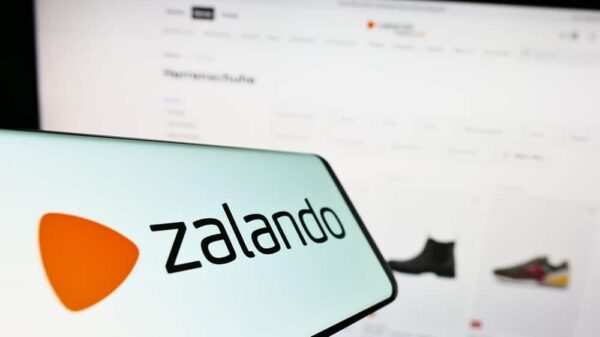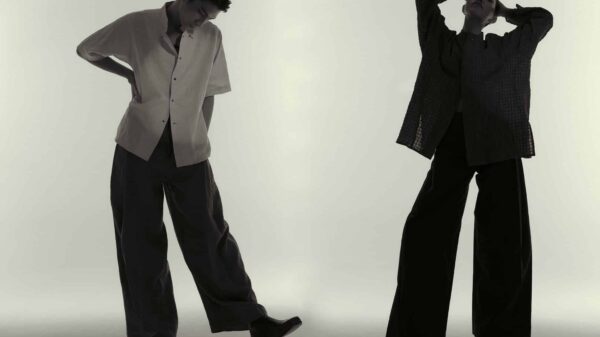As word of the innovative design began to spread, interest in On’s shoes grew. The three partners found themselves in a whirlwind of development, propelled by their own passion for running and their frustration with the limitations of existing footwear. They were determined to carve out their niche against the industry giants.
Their shoes began to make waves not just for their looks but for their distinctive comfort and performance. Runners started to notice a difference—the CloudTec cushioning was revolutionary. It provided a soft landing at the heel but propelled the runner forward with energy, dramatically changing the way people experienced running. Feedback came pouring in, ranging from first-time runners looking for a more comfortable experience to seasoned athletes seeking an edge in performance.
But success didn’t come without challenges. The trio had to navigate the complexities of scaling their business while maintaining the integrity of their product. With sales climbing steadily, they faced the risk of becoming just another trendy brand—one that sacrifices quality for quantity. Many brands in the athletic world have learned this lesson the hard way, like Reebok and Under Armour, whose initial followers soon drifted away when performance took a backseat to marketing.
On is fully aware of these risks, and that understanding shapes their strategy. By leaning into their Swiss roots, emphasizing quality and technical innovation, and engaging with their community, they’ve crafted a brand image that resonates with those who appreciate the blend of function and style.
As the brand’s popularity surged, they engaged in smart marketing tactics, focusing on high-profile sponsorship and collaborations. Enlisting celebrities like Zendaya and FKA twigs isn’t just about the glitz; it taps into the cultural zeitgeist and builds authenticity. Almost in a real-world sense, they are ensuring that their product appeal transcends mere performance specifications. Instead, they want people to view On as part of their lifestyle. After all, who wouldn’t want to wear sneakers supported by both innovation and star power?
In the market data, the numbers speak volumes—Americans are investing in running shoes like never before, with the market reaching a staggering $7.4 billion in 2023. Interestingly, a significant portion of those shoes is purchased not for exercise but fashion, revealing a shift in how we see sportswear today. The line between performance and casual wear is blurring beautifully, and On is right at the center of this evolution.
As they move forward, On aims to solidify its place in the market by pushing boundaries. They want to expand their product ranges and enhance their manufacturing processes while remaining true to their core values of comfort and performance. What makes them distinct is not merely the technology, but also the ethos behind the brand—encouraging users to embrace their journey, whether they’re breaking records or simply enjoying a jog along the waterfront on a Sunday morning.
Looking forward, the challenge remains as to whether they can sustain that momentum without losing their identity—balancing appeal to both everyday joggers and competitive athletes. If successful, they could not only break the mold of what a running shoe could be but could also genuinely redefine athletic fashion as we know it today.
And so, as you lace up your own pair of running shoes—whether they be from On or another favorite brand—remember: it’s about more than just the miles you clock. It’s about finding comfort in your stride, support in your journey, and embracing the roads you travel, wherever they may lead. You deserve that comfort, whether you’re sprinting for a new personal best or striding leisurely through your day—because at the end of the run, it’s all about feeling good in your own shoes.and continued expanding its presence in key global markets. By this point, On was no longer just the underdog but had firmly planted itself in the competitive landscape of athletic footwear, carving out a niche for a running shoe that was both functional and fashionable.
The founders often reminisced about their initial struggles—conveying the uniqueness of the CloudTec technology to hesitant factories and navigating the tight-knit shoemaking ecosystem that favored established brands. They remembered the skepticism they faced when visualizing their shoe with its unusual appearance. It was like trying to convince someone that the offbeat can be extraordinary, and they were committed to showing the world that cloud-like cushioning could revolutionize the running experience.
Their first big break came unexpectedly. The trio of founders had put their heart and soul into perfecting their shoes and had started drawing attention from running communities in Europe. Word of mouth spread quickly, bolstered by grassroots marketing in which local ambassadors wore the shoes proudly and shared their passion in community races. Transforming the experiences of individual runners into narratives of comfort and performance helped foster trust and credibility. As one satisfied runner put it, “It feels like you’re floating while you’re running. Who wouldn’t want to experience that?”
This genuine enthusiasm paired with a bold design began to shift perceptions. Runners intrigued by innovation found themselves drawn to On, not merely for performance but also for a brand that felt more aligned with their lifestyle and aspirations. Allemann, Coppetti, and Maier often saw their own experiences mirrored in those of their customers. They too were passionate athletes who understood the frustration of sacrificing comfort for performance.
The pivotal moment came when they felt an itch to grow beyond their European roots and make inroads into the undeniably competitive U.S. market, particularly after witnessing the extensive reach of giants like Nike. They understood that positioning themselves next to such titans wouldn’t just require catching up in sales—they needed to connect with runners at an emotional level. When they decided to open their U.S. headquarters in Portland’s dynamic entrepreneurial landscape, it was a conscious choice to immerse themselves in an environment that cultivated sports innovation.
To add a relatable twist to their story, the On partners decided to shift their approach entirely after a strategic retreat on the serene Oregon coast. They were reminded of the very essence of running—freedom, exploration, and the joy of pushing oneself. The sight of Nike’s sprawling campus served as both inspiration and motivation. Instead of feeling daunted, they embraced the challenge ahead. After that weekend, they didn’t just pivot towards aggressive expansion; they broadened their vision to elevate running culture itself.
With the backing of investors who saw potential in their unique business model and philosophy, including Fox from Stripes LLC, they made calculated moves to strengthen the company’s presence. They knew their narrative had more weights than mere numbers; it was about the community of runners who, like them, craved performance without sacrificing comfort.
Federer’s entry into the brand took On’s recognition to another level. The collaboration was more than just a celebrity endorsement; it signified their intent to innovate not just in running shoes but also in tennis, bringing a fresh perspective to aspects that may have been overlooked in traditional sports gear design. Federer wasn’t just buying in; he became part of the journey, sharing the joys of running and the excitement of competition with a new generation of athletes.
As the pandemic shook up consumer behaviors and preferences, the sneaker market transformed in a way that favored brands willing to adapt quickly. On thrived in this shift; it understood its audience was not just looking for functionality but also style and versatility. Rolling out new models that catered to both performance enthusiasts and everyday wearers, On defied trends, breathing new life into the sneaker culture.
Today, On stands as a symbol of persistence, creativity, and authenticity in an industry that often overlooks the runner’s voice. It embodies the spirit of innovation shaped by its founders, employees, and most importantly, its community. They know that each running experience is unique and aim to empower every runner to find their stride, bringing the world one step closer to experiencing the clouds for themselves. The journey is far from over, and as they move forward, they carry a commitment to their roots and a mission to inspire others to reach their potential—because every runner deserves to feel weightless.In just one year, On, the innovative Swiss running shoe brand, hit a remarkable milestone, selling an astounding 10 million pairs of shoes. This notable achievement sparked a key decision among the company’s five founding partners: to take the company public. Enter Fox, who connected On with bankers and investors, looking not just for a boost in capital, but also to elevate the brand’s visibility in a competitive marketplace. Unfortunately, their timing couldn’t have been worse. The world was hit by another wave of COVID-19, which resulted in sneaker factories across Asia shutting down, global shipping chaos, and soaring air freight costs. As a result, On’s stock prices danced erratically over the first two years of its public journey—slightly better than the overall market performance represented by the S&P 500, and faring much better than Nike, which was wrestling with its own strategy woes.
Amid these hurdles, Roger Federer—meant to be the crown jewel of On’s branding as a serious performance brand—faced his own setbacks. The tennis legend, who had joined On with ambitions of maintaining a competitive edge, found himself sidelined by a knee injury. By 2022, as he sat announcing his retirement from pro tennis on Instagram, the narrative around On began to shift. With Federer mostly absent from high-stakes matches, the public began viewing him more as a lifestyle icon rather than a high-performance athlete. Consequently, On too was increasingly seen as a lifestyle brand.
This shift posed a unique challenge for On. The brand had garnered popularity, especially in Europe, known for its comfort and appeal amongst healthcare professionals, restaurant staff, and the senior community—people drawn to its “Clouds” for their orthopedic benefits. This was particularly pronounced in Germany, Austria, and Switzerland, where On’s shoes had become a staple. But as the brand attempted to position itself within the athletic performance space, its image risked becoming overly associated with casual, fashionable comfort, which could undermine its credibility as a serious athletic contender.
In an effort to reclaim its reputation, the partners made a bold move in 2023. They pulled their products from roughly 200 smaller retail locations in Europe that favored the orthopedic aspects of their shoes. This was a calculated sacrifice of direct sales for the sake of brand integrity, recognizing that most growth was happening in the US market. On quickly introduced a revamped version of the Roger performance tennis shoe, one of their standout models, and began signing contracts with up-and-coming young athletes entering their prime. Additionally, they launched new lines tailored for hikers and runners, including a model with a prominent chunky sole to compete directly with popular newcomers like Hoka. “We started to turn around the messaging,” co-founder Maurer noted, indicating a strategic pivot to reaffirm their athletic identity.
While On was refining its brand vision, the landscape around them was shifting too. Nike’s recent decision to disengage from retailers backfired spectacularly, leading to a drop in consumer interest. As brand loyalty waned, novel entrants filled the void left in the marketplace. Foot Locker reported acquiring an astonishing 10 million new customers in the U.S. in 2022, with On and Hoka leading the charge, capturing twice the traffic of other competitors. According to Hoffman, this misstep by Nike allowed brands like On to solidify their presence.
In Brooklyn, Finn Bremner, who manages a popular running store, knows firsthand the dialogue that unfolds when customers inquire about “QC shoes.” Most are actually referring to On, recognizable by an unusual logo featuring an elegantly shaped “O” with a unique tick above it. This logo can confuse some customers, like 24-year-old Aviel Fradkine, a social worker who had a hard time tracking down the shoes online.
Maurer is aware of this logo confusion and explains that the tick atop the “O” symbolizes a light switch, representing what On shoes are designed to do: activate muscles that runners often overlook, resulting in a more upright and powerful running posture. “You stand more upright in an On,” he explains, demonstrating with a subtle bend in his knees, eager to convey the concept of being “switched on.” Just like Nike, which once struggled to establish its Swoosh, On is navigating the same waters of building brand recognition.
Unlike many startups, On made a deliberate choice to limit extensive marketing spends early on. “For us, it was important to not push ourselves into people’s faces just by throwing money around,” Maurer shares. This decision allowed for earlier profitability than many of their peers and enabled the founding partners to maintain control over the company, a position they still cherish today.
But recognizing the need for greater visibility, On recently signed a high-profile partnership deal with Zendaya. With her massive following of 180 million on Instagram, the brand hopes to attract a wider audience, especially young women, a demographic vital for future growth. A series of engaging videos showcasing Zendaya in On footwear have quickly emerged, promoting the brand’s accessibility rather than strictly appealing to hardcore athletes. However, the move has raised concerns among purists about diluting the brand’s serious athletic image. Still, On assures investors that they intend to maintain their core relationship with athletes, tracking shoe preferences on popular trails to verify growth in their desired market.
As they forge ahead, there’s a palpable sense of urgency. In a recent statement, On co-CEO Hoffman outlined a more sustainable growth rate, proposing a slowdown from its current remarkable 50% growth per year to a more manageable target of 26% by 2026. Wall Street analysts are optimistic, projecting On to reach $10 billion in annual sales by 2033, a benchmark not even traditional powerhouses like Lululemon or Puma have achieved.
Expanding their market presence is vital, particularly in China, and they’ve strategized to reinvigorate their apparel line, which initially floundered after a grand launch in 2016. By bringing in top talent from Nike and Adidas, they are reentering the apparel space with a renewed sense of purpose. On is selling everything from luxury outerwear priced at $2,350 to lightweight running shorts for $150. As they eye future expansion, including entering highly competitive sectors like basketball and soccer—domains historically dominated by long-standing giants—Hoffman maintains, “Many markets are actually craving for another brand” after years of being served by just a few.
Ultimately, the path ahead for On hinges on innovation. In an unveiling at their headquarters, On showcased LightSpray technology, a cutting-edge technique that allows shoe uppers to be produced in one fluid motion rather than the traditional, labor-intensive methods. This system promises to produce lightweight, durable designs, potentially minimizing the reliance on overseas manufacturing. “We embrace impossible,” states Bernhard emphatically, painting a picture of the brand’s ambitious future. “We will always do that.” Each bold step taken echoes a commitment to reimagine what running shoes can do, while progressively carving out their distinct identity in the athletic realm. The journey of On underscores a riveting narrative of resilience, innovation, and the quest to redefine performance footwear—a story that resonates deeply with anyone ready to lace up and hit the ground running.
Image Source: 2p2play / Shutterstock


